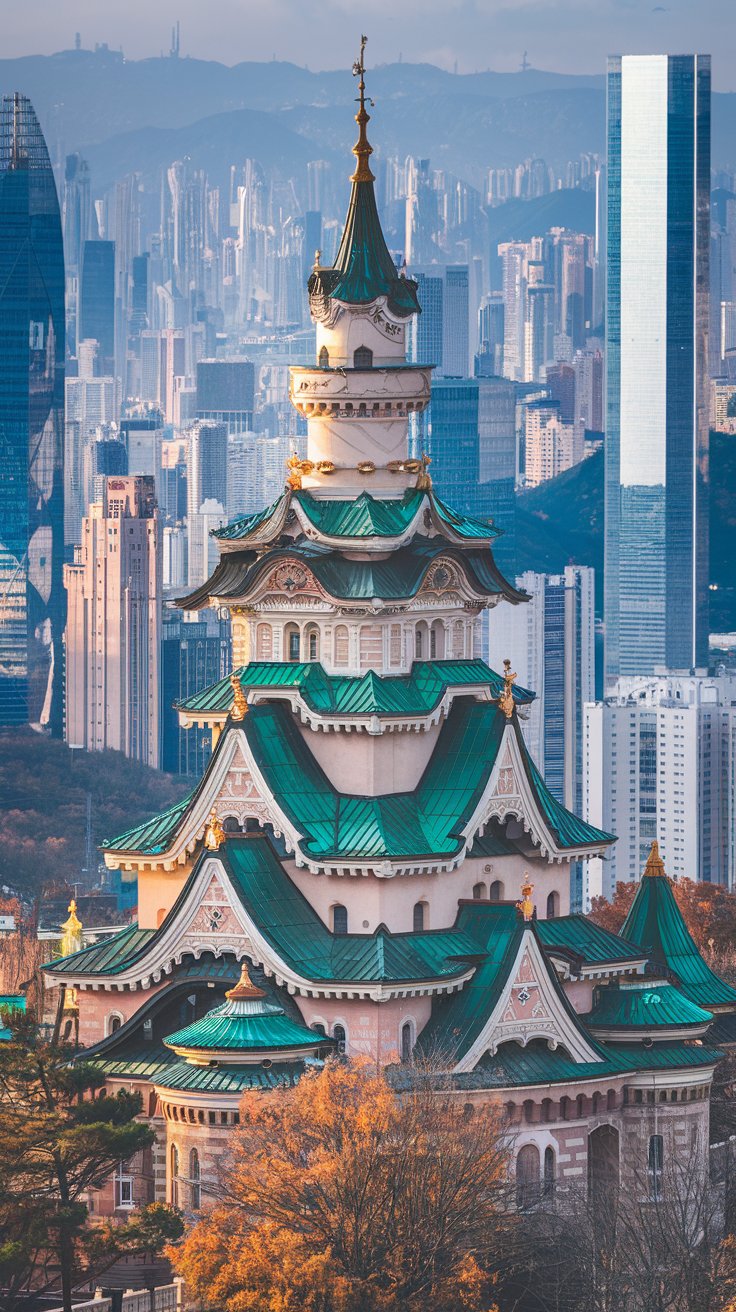Castles in Japan might not look like the stone fortresses you’d find across Europe, but they were built for similar purposes — protection, power, and prestige. These striking wooden and stone structures began to rise in the 15th century, during a time of conflict and civil war across Japan. Later, they evolved into administrative centers and homes for powerful feudal lords known as daimyo.
Once numbering in the thousands, only around 100 castles remain today, with just a dozen retaining their original structures. Each one is a captivating gateway into Japan’s feudal history, offering unforgettable cultural experiences.
12. Kanazawa Castle
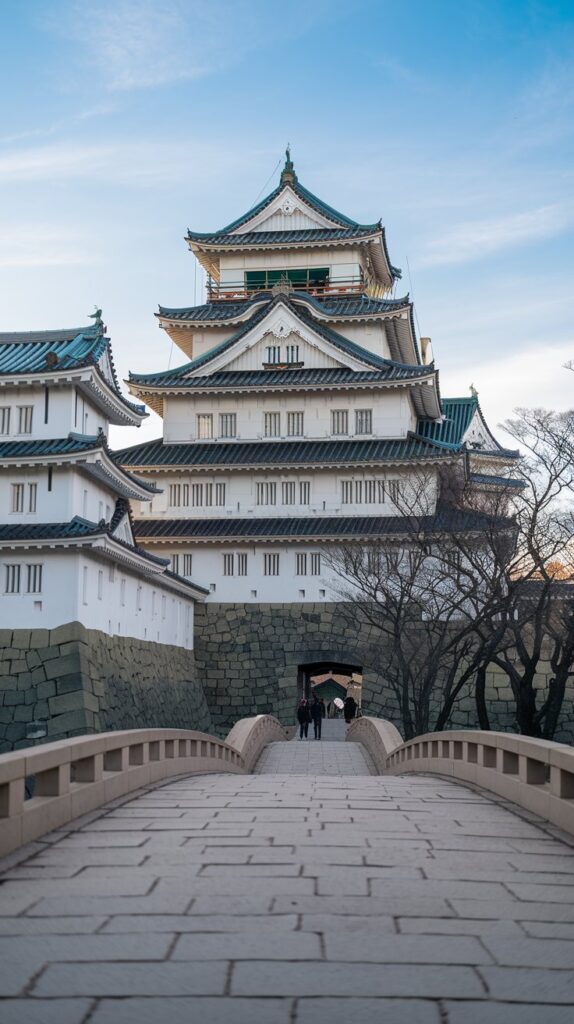
Dating back to the late 1500s, Kanazawa Castle has endured battles, fires, and rebuilding efforts. Its grounds today display a mix of 19th-century designs and modern reconstructions, all rooted in traditional Japanese techniques and craftsmanship.
Walking through the vast complex, you’ll come across historic buildings like the long storehouse and two enduring turrets. Restored gates and the peaceful Gyokuseninmaru Garden make it easy to imagine life during Japan’s feudal period.
11. Kumamoto Castle
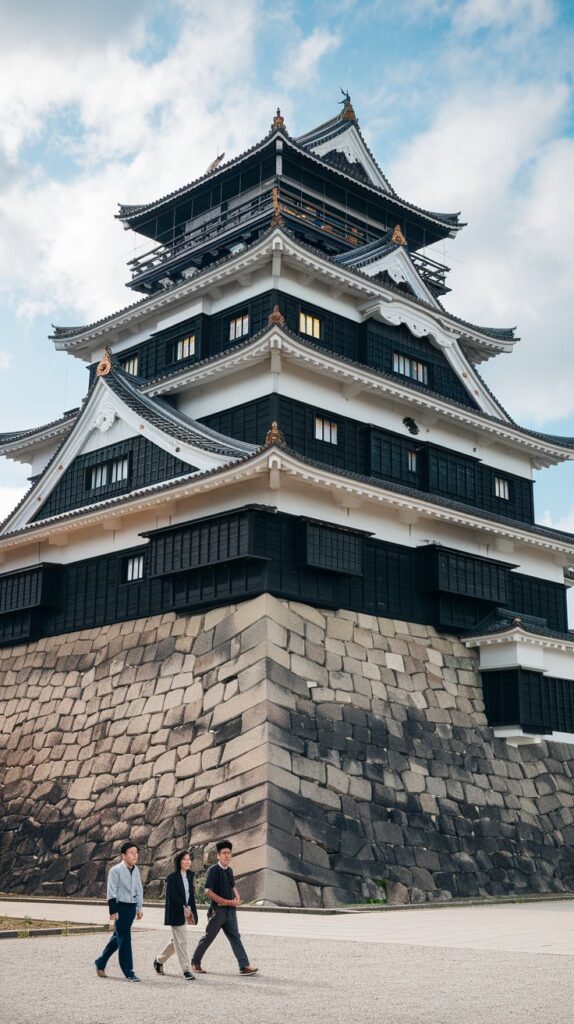
Built in 1607 atop the Chausuyama Plateau, Kumamoto Castle has witnessed fierce samurai battles and centuries of political intrigue. It famously stood at the center of a dramatic clash between 20,000 samurai warriors and imperial forces.
Although some original structures remain, much of the castle has been faithfully reconstructed. The main keep showcases historical exhibits, while the surrounding area — including Honmaru Goten Palace and 800 cherry trees — makes for a beautiful and informative visit.
10. Okayama Castle

Nicknamed “Crow Castle” for its dark black exterior, Okayama Castle was originally built in 1597 and stood strong until WWII, when much of it was destroyed. It was later reconstructed in the 1960s.
Today, visitors can admire the castle’s reflection along the Asahi River, explore the nearby Korakuen Garden, and visit the sole surviving structure, Tsukimi Yagura. Inside the six-story keep, exhibits delve into the castle’s layered history.
9. Shimabara Castle
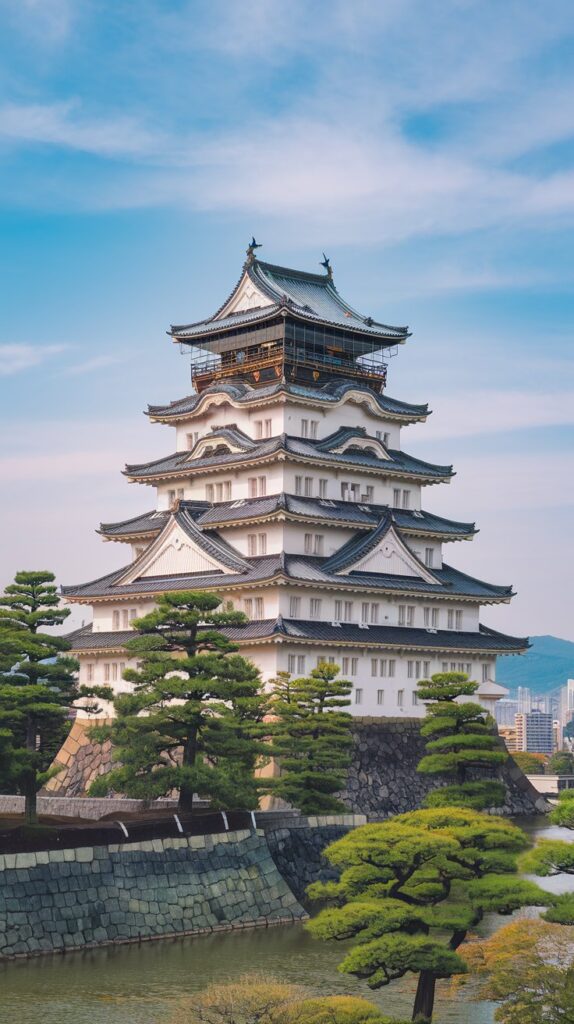
The white-walled Shimabara Castle from the 1600s has a dramatic backstory — its costly construction led to a rebellion among overtaxed locals. The current version, rebuilt in the 1960s, now houses the Castle Tower Museum.
Visitors can explore displays on the area’s Christian heritage, ancient ruins, and samurai armor. Don’t miss the sweeping views of Mount Unzen, or the surrounding cultural museums packed with local art and handcrafted dolls.
8. Osaka Castle

Osaka Castle’s history is filled with power struggles and epic dynasties. What we see today is a stunning 17th-century design that remarkably survived WWII bombings.
Its central tower has been modernized with amenities like an elevator, but still offers historic insight through exhibits and panoramic views. Around the castle, you’ll find stone walls, moats, and the gorgeous Nishinomaru Garden, famous for its 600 cherry trees.
7. Shuri Castle
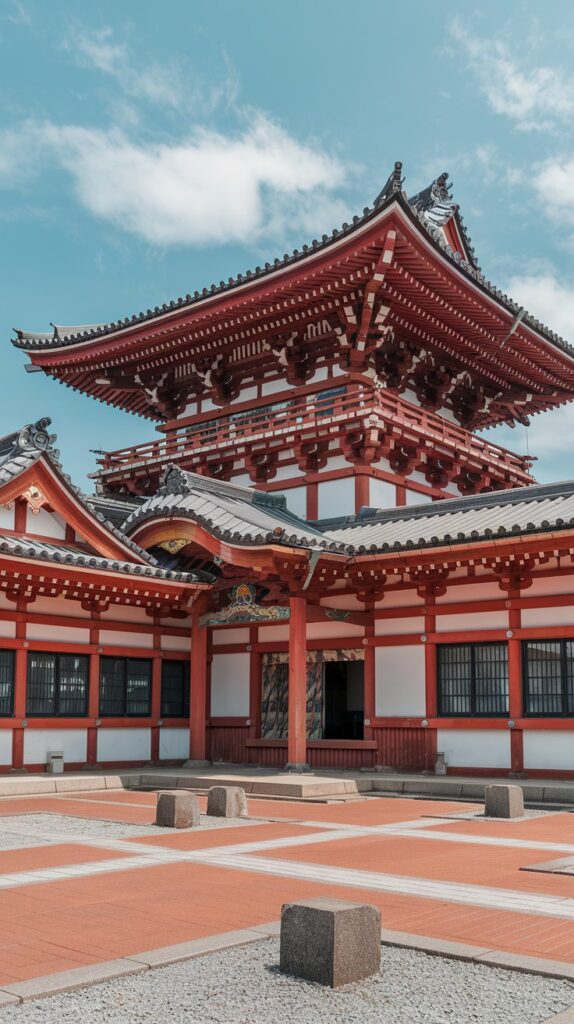
Perched above Naha, Shuri Castle is a powerful symbol of Okinawa’s heritage. It served as the royal seat for over 450 years and reflects a unique blend of Japanese and Chinese architectural influences.
Parts of the complex date back to the 1200s, including the striking Seiden State Hall and the ceremonial Una Plaza. Don’t leave without seeing the Tamaudun Mausoleum and the centuries-old Stone Gate built in 1519.
6. Nagoya Castle
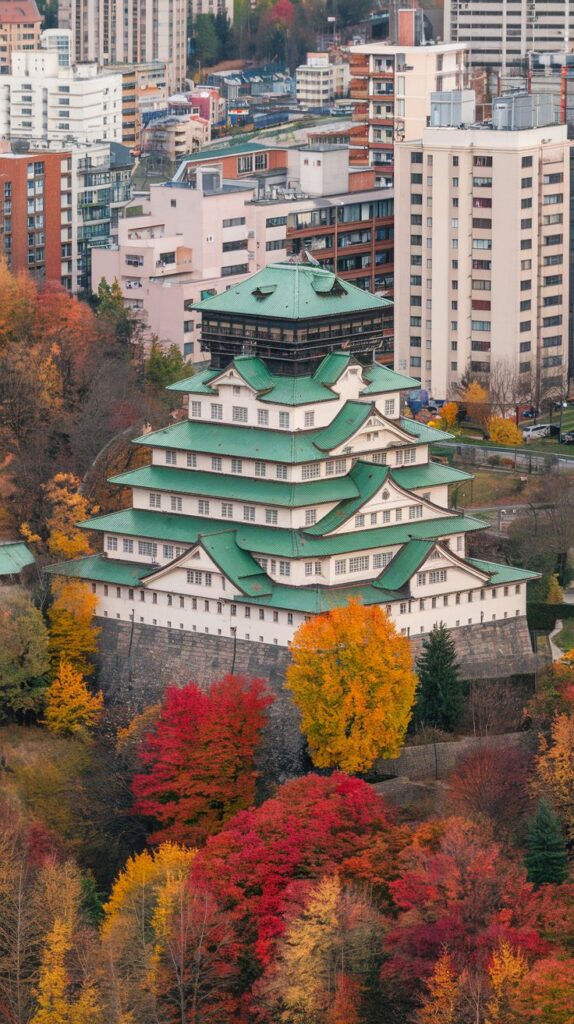
Completed in 1612 during the Edo Period, Nagoya Castle once anchored a thriving city and became one of Japan’s largest castles. Although WWII inflicted serious damage, careful restoration continues today.
Even in its partial state, visitors can admire its elegant Shoin-style architecture. Traditional materials are used in reconstruction, and although the main keep is currently under renovation until at least 2028, much of the complex remains open.
5. Hirosaki Castle
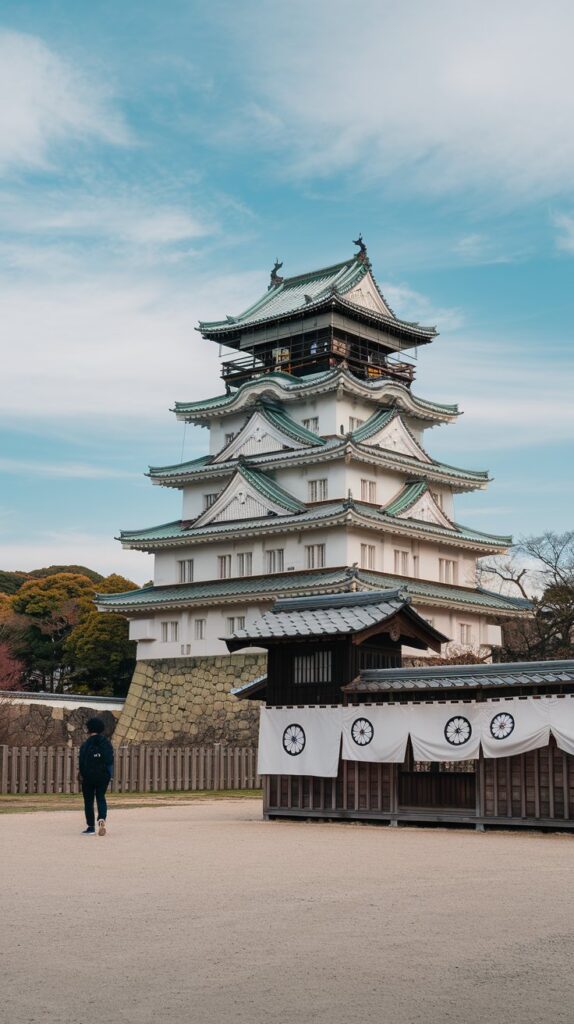
Nestled in northern Japan, Hirosaki Castle is surrounded by moats, turreted gates, and tranquil gardens. Originally completed in 1611, its main keep was lost to fire and replaced with a three-story tower.
What draws most visitors, however, are the more than 2,500 cherry trees on the grounds. Each spring, the castle becomes the backdrop for one of Japan’s most spectacular cherry blossom festivals.
4. Hikone Castle
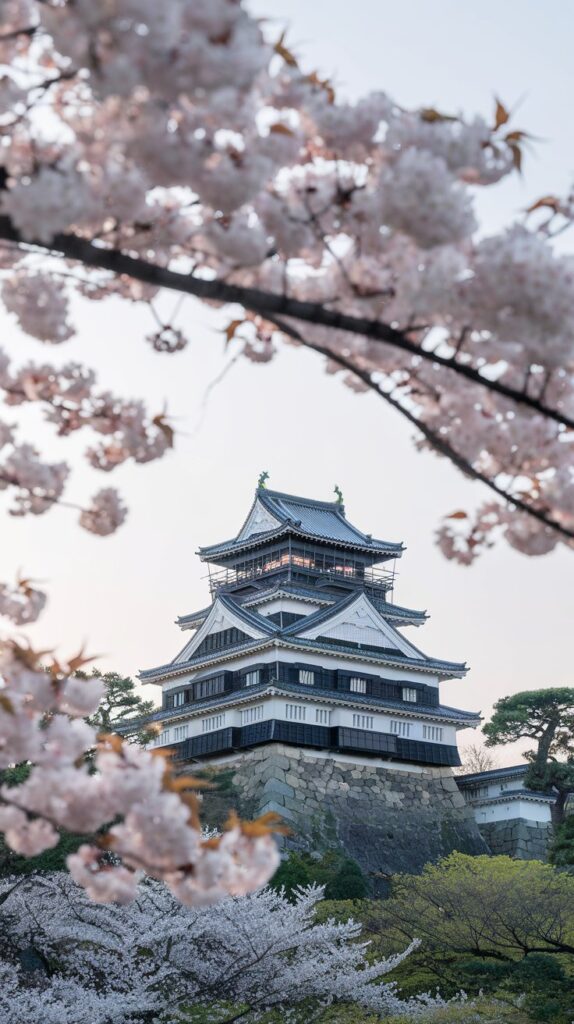
Hikone Castle offers one of the most complete views into Japan’s feudal past. Built over 20 years and completed in 1622, it features original gates, guardhouses, and gardens — all preserved with great care.
The castle remained under the control of the powerful Ii clan until 1868. Today, you can explore the Hikone Castle Museum, where treasures like samurai armor and ancient instruments are proudly displayed.
3. Matsue Castle
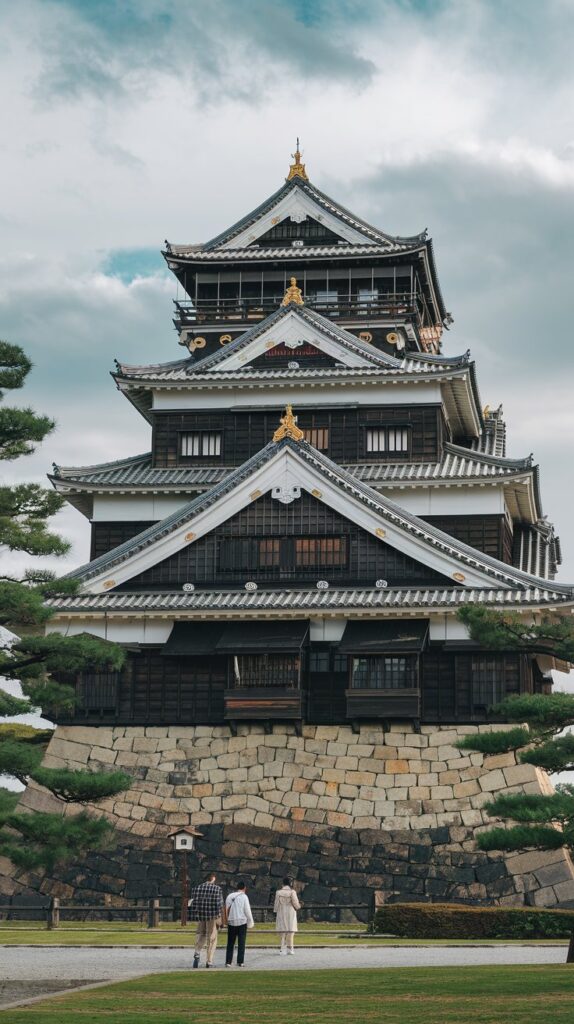
Matsue Castle, located on Japan’s southwestern coast, never saw battle but was built for defense during the waning years of feudal warfare. Completed in 1611, it’s one of the few remaining castles from this era.
Most of the complex was dismantled in the 1800s, but the stone walls and main keep still stand. Visitors can climb the keep for panoramic views or take a peaceful boat ride around the outer moat.
2. Matsumoto Castle

Set against a stunning mountain backdrop, Matsumoto Castle — nicknamed Crow Castle for its black trim — dates back to 1590. It is one of Japan’s oldest castles and is surrounded by a wide moat.
Despite being a flatland castle, its design includes clever defense mechanisms like arrow slits and stone drop windows. From the top, you’ll enjoy breathtaking views of the Hijiri Kōgen mountains.
1. Himeji Castle
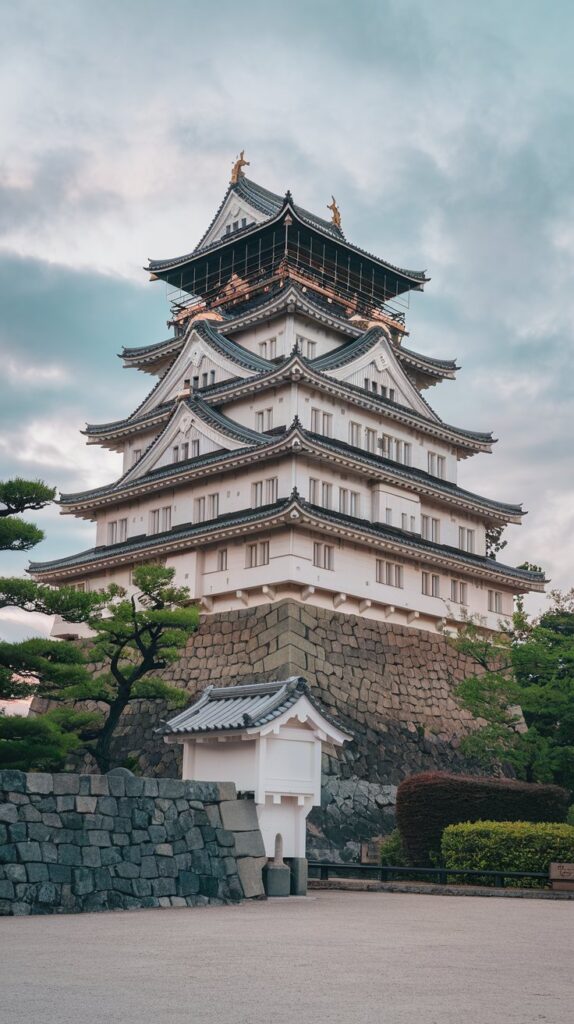
Often called Japan’s most beautiful castle, Himeji Castle lives up to its nickname: the White Heron Castle. Its graceful white towers seem to float above the city like a bird in flight.
Built in 1601, Himeji Castle boasts 83 structures and a six-story main keep. It has been featured in major films like The Last Samurai and You Only Live Twice. As one of Japan’s best-preserved feudal castles, it’s a must-see for anyone interested in history, architecture, or Japanese culture.

